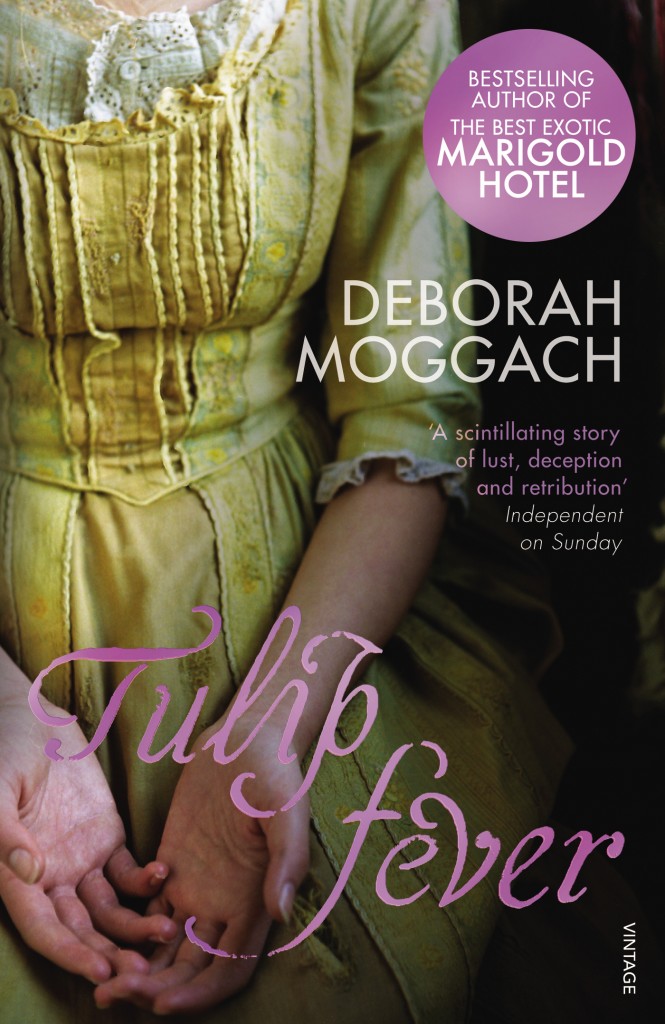The Saturday Review: Two Amsterdam Mysteries, One Old, One New
I’ve been traveling; I’m in France now, working on my new novel in a lovely old stone maison beside a broad, flowing river. It’s in the countryside, so I’ve plenty of opportunities for bicycling. Ah, contentment.
Which makes for good times reading mysteries. I was at Amsterdam’s Centraal Station, preparing to take the train to the sprawling Schiphol Airport (third busiest n all of Europe) for my flight to Brest, France. One of my sons texted me a message recommending three Euro-mystery novels he thought I’d enjoy reading. I thought it very thoughtful of him, so I popped over to the station bookstore. Alas! English titles are limited in a Dutch bookstore, even if they’re not by Dan Brown or James Patterson.
However, I did find one that looked interesting entitled A Death in Rembrandt Square, by Anja de Jager, Dutch born (no matter, most Dutch people in Amsterdam possess excellent English) but now a resident of London. I’d been in Amsterdam for several days, researching locations and settings for the novel I intended to begin writing once I got settled, and it was great fun to recognize the sites in de Jager’s book, from the eponymous cover title, on and on.

This is the latest in her “Lotte Meerman” series, for which she’s drawn inspiration from her father, a retired police detective. Nice to have one of those in your back pocket, to be sure. I thought the plot held merit, but I soon tired of de Jager’s limpid writing style. When one writes a mystery novel, it demands a certain energy to propel the characters and the action – the thing Dan Brown overdoes – traits which I, sad to say, found lacking in Rembrandt Square. The story seems to slog along, like the incessant Amsterdam rain.
Often, the main character n a mystery novel – usually the police officer or detective or private eye – has a certain world-weariness about him- or herself. The author seems to know this, but isn’t quite up to snuff invoking it in Lotte. Oh, she leads us down the garden path well enough, dropping red herrings to hint at Lotte’s past and current problems, but they end up lacking emotional weight.
Ms. de Jager is a tell, not a show, kind of writer – at least in this, her fourth in the series. It’s like she knows all the tropes and how the plot is supposed to go through its expository cycle – rising action, climax, falling action, denouement, etal – and has written these plot points on Post-Its for her book plan, but the rise doesn’t rise very well, and . . . well, page 153 was as far as I got. I had enjoyed breaking the spine on a brand-new novel in anticipation of five engaging hours of reading while in the air, but my chin kept falling on my chest.
***
Our second Amsterdam novel, Tulip Fever by Deborah Moggach, takes place in seventeenth-century Amsterdam, when tulips had a higher exchange value than money. Fascinating as that is, it’s not the centerpiece of this novel; rather, it is, quite simply, a story about the wages of sin, and told with a style that befits its setting of nearly four hundred years in the past.

Life was simpler, in many, many ways much more crude than our own, except, of course, when it concerns human passion, which doesn’t seem to have changed much. Although there is little art in two humans coupling in love or in lust, I admired how Moggach handled the scenes with equal measures of veracity and emotion.
The story is centered, not around the “tulpomania” so much as the art, and Moggach’s book has some fine, four-color, glossy inserts with representative works from the 1600s. Jan, a painter, is hired by Cornelis, a wealthy merchant, to paint a portrait of him with Sophia, his young, beautiful, nubile second wife (the first died, as did her sons; people didn’t live as well or for as long back then). Moggach describes how Sophia rejects Jan’s infatuation, which turns to lust, quite well.
The novel is written in omniscient present tense, in short chapters each entitled with a character’s name, all of which creates a feeling of being there and urging the story onward. (or, as we say in the trade, “what happens next.”) There are scenes and events which had me wringing my available hand in anxiety (try that sometime yourself, wringing one hand).
All in all, a decent read was Tulip Fever, with a deft evocations of this odd period of time when Europe was trying to shake off its medieval past and embrace the emerging Renaissance.
If you enjoy historical novels such as this, you might also like The Black Tulip by Alexandre Dumas. It has a more decidedly political theme, but also delves much more deeply – and may I say darkly? – into tulipomania than does Moggach’s Tulip Fever.




